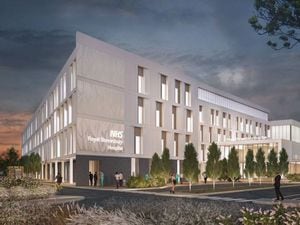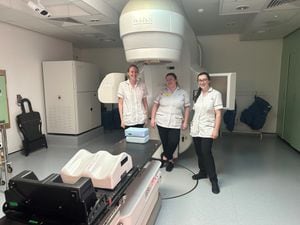How long will you live? Why Shropshire life expectancy is a postcode lottery
Which side of the River Severn you live could have a major impact – those south of the river can expect to live SIX YEARS longer than people to the north of it, say new figures.
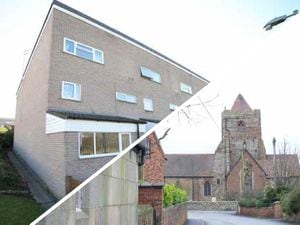
Take a walk along the Shropshire Way towards Shrewsbury, where the River Severn gently meanders through the farmers’ fields, the summer sun shining on the glistening water.
This doesn’t seem like a divided community – but which side of the river you are on could have a major impact on how long you are expected to live. If you live south of the river you can expect to live more than six years longer than if you live to the north of it.
A man living in Quarry and Coton Hill ward, north of the river, is expected to live 77.9 years, while for a woman it is 81.6.
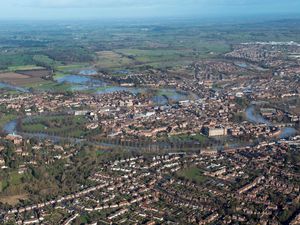
South of the water in Copthorne ward, the picture is very different – a man should expect to see 83.9 years, and a woman 88.2.
A few yards can make a vast difference.
The figures, produced by Public Health England, show that life expectancy in Shropshire is something of a postcode lottery, with vast differentials depending where you live.
At face value, it is difficult to see why Quarry does so badly compared to its neighbour. Deprivation indicators do not look anything out of the ordinary, although the crime rate is one of the highest in the county. When it comes to academic qualifications, Quarry actually does better than the county average, with just 11.7 per cent having no formal qualifications, compared to the county average for Shropshire as a whole.
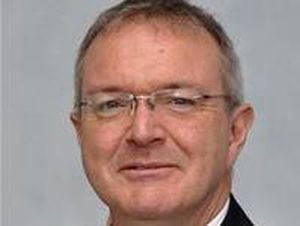
Councillor Nat Green, though, believes that the diverse nature of the ward masks pockets of severe poverty, and says that in these areas life expectancy might actually be much worse than the figures suggest.
Pollution and air quality might also be a factor, although again Councillor Green says there are vast differentials with in the ward.
“The worst place is under the railway arches, it’s quite possibly the most polluted place in Shropshire, but we’ve also got a green space in the Quarry.”
In Castlefields and Ditherington, another ward in Shrewsbury town centre, life expectancy is 78.1 for men, and 81.1 for women.
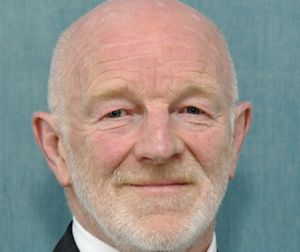
Ward councillor Alan Mosley explains: “Life expectancy is linked to a whole variety of socio-economic factors, and in Castlefields and Ditherington there are people who are on low incomes,” he says.
“This means life can be very difficult for some people. It places them under a great deal of pressure.” He says the switch to Universal Credit could also add to these problems.
But while there may be a link between deprivation and life expectancy, it does not explain the discrepancies.
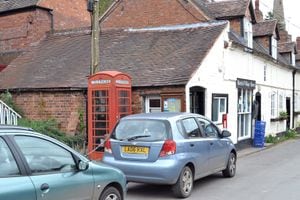
Set in the heart of the glorious Shropshire countryside, with fresh air in abundance, the village of Worfield, near Bridgnorth is exactly the type of place you would expect people to live long healthy lives. There are few obvious indicators of deprivation – housing is predominantly detached and semi-detached – yet life expectancy is among the lowest in the county, at 77.2 for men, and 79 for women.
Yet across the ward boundary, in neighbouring Shifnal South and Cosford, the average women gets nearly another decade, living for 88.2 years, while men manage 81.5 years.
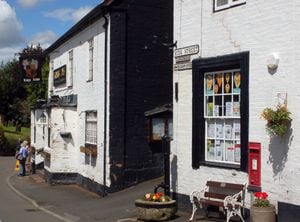
It is a similar picture in Alveley and Claverley, which adjoins Worfield to the West; there men can expect to live an extra 5.7 years compared to their neighbours in Worfield, reaching an average of 82.9 years. Women live an extra 5.9 years, reaching the age of 85.1.
The differences are equally pronounced between the neighbouring wards of Ercall and Wrockwardine Wood in Telford & Wrekin.
In Ercall, in the shadow of The Wrekin, men can expect to live an average of 75.6 years, while for women it is 77.7 years. But cross the boundary to Wrockwardine and men can expect to live to 84.4 – a difference of almost nine years, while women will make it to 84.7.
This is all the more puzzling given that Ercall is one of Telford & Wrekin’s better-off wards, with deprivation indices more than 50 per cent below the borough average.
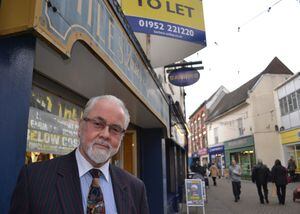
“I think it is down to people working very hard,” says Councillor Miles Hosken. “What we have got is a lot of middle-class professional people who are working very hard to pay their mortgage and raise their families, and that brings its own pressures. Many of them might be working very hard in business.”
Life expectancy in Ercall compares unfavourably with the Woodside area of Telford, where men can expect to live 77.6 years, and women 79.2, and Brookside where men live 77 years and women 82.3 years, despite both of these wards having relatively high levels of deprivation.
Councillor Hosken adds people should be careful about reading too much into statistics, saying a lot of it can be down to genetics and pure chance.



